Do Liquids Have to Be in Original Containers When Flying? Get the Answer Here!
Whenever you hop aboard an aircraft for a trip down the jet stream, there are a million things to worry about. For instance, you have to make sure you pack enough clothes, get your toiletries together… and make sure you don’t get any liquids confiscated by the TSA! Many folks wonder whether their carry-on liquids have to be in their original containers on a flight.
Turns out… nope! In fact, liquids in either carry-on or checked luggage don’t have to be in their original containers when you take a domestic or international flight. That said, there are some caveats to keep in mind, and carry-on liquids must all still adhere to the 3.4-ounce limit set by the TSA many years ago.
Let’s take a deeper dive into this question and explore what containers qualify as appropriate for airplane carry-on liquids.
Carry-On Liquids in Original Containers
When you buy a “travel-sized” liquid for your upcoming flight, like shampoo or conditioner, it will come in a 3.4-ounce or smaller container. Why? Because the TSA has set a strict limit on the size of liquid containers each passenger may bring with them in their carry-on luggage.
That limit is 3.4 ounces, plain and simple. You also can’t have more than one 3.4-ounce container of liquids with you in your carry-on luggage (i.e. you can’t have three separate 3.4-ounce bottles of shampoo).
But what if your travel conditioner, shampoo, or deodorant container breaks before you take your flight? Can you simply pour the liquid into a similarly-sized container?
The answer is yes. The TSA doesn’t care if you pour liquids into unmarked containers, or if you put a liquid in a container that’s marked incorrectly. Say that you saved a travel-sized container of shampoo from your last airplane trip. If your travel bottle of conditioner breaks, you can pour the conditioner into the travel shampoo container without any issues.
The only thing to keep in mind is that any replacement container must be 3.4 ounces or smaller in capacity. This is also true for liquid-adjacent products – for example, you can fly with deodorant, but any mist or liquid deodorants must adhere to the 3.4-ounce rule.
The TSA’s “3-1-1” Rule
To better understand your limitations when bringing liquids on a flight, remember the “3-1-1” rule from the TSA.
This rule means:
✅ 3
You can bring liquids/gels/aerosols/creams/pastes in 3.4-ounce-sized (100 Milliliters) containers or smaller. That’s where the “3” comes from.
This includes items such as toothpaste, shampoos and similar personal care items. Consumables such as water, soda and salsa must also comply with this rule.
✅ 1
All compliant liquids must be placed and fit inside “1” plastic, quartz size zip top bag.
You can’t leave the liquid container just sitting around in your luggage.
✅ 1
Only “1” clear and resealable plastic bag is allowed per passenger (e.g., Ziploc).
Once again, the TSA doesn’t care if you have unmarked bottles of liquids in your carry-on or checked luggage. All they care about is the quantity of the liquid.
That’s because, several years ago when the TSA was first formed, forensic explosives experts determined that 3.4 ounces of liquid was the maximum liquid amount deemed safe to prevent explosions on aircraft. In a nutshell, greater concentrations of liquid are easier to use as explosive devices.
To keep everyone safe from the threat of airline terrorism, the TSA requires everyone to keep their liquid transportation minimal, at least when it comes to carry-on bags.
Liquids in Checked Luggage
The situation is similar for checked luggage, although there aren’t any hard and fast quantity limits for liquids if your bag is stored in the aircraft’s cargo hold. You could theoretically bring normal size bottles of shampoo, drinks, and any other liquid you can imagine in your checked bags.
The TSA also doesn’t care if these bottles are marked, unmarked, or marked incorrectly. In fact, it’s unlikely the TSA will ever take a look at those bottles of liquids in the first place.
Exceptions and International Travel
There are a couple of exceptions to keep in mind, including:
- Prescription medications or milk or baby formula for infants. Declare these at security, and you’ll be allowed to carry more than 3.4 ounces of the appropriate liquids. These liquids don’t need to be placed in plastic bags. However, the TSA does recommend that you keep any prescription medications in original, labeled containers, as this will help them screen the liquids more quickly
- Any other medical necessities, like eye drops, syringes, or insulin. Once more, these must be declared at security
- Liquid hand sanitizer, which can be brought in carry-on luggage in bottles of up to 12 ounces. This was done specifically to combat the COVID-19 pandemic and slow the spread of this deadly virus
You should also remember that other countries’ security administrations may not have the same rules as the American TSA.
The American TSA allows you to bring liquids in refillable or unmarked containers aboard your carry-on luggage. Other countries may not allow you to do the same thing.
For instance, you could bring travel shampoo in an unmarked bottle on your American flight. But if you land in Japan and try to bring the same bottle with you in your carry-on bag, you might be ordered to dispose of it.
Therefore, it’s still safer to keep any travel liquids in their original bottles are containers if possible.
FAQs
Can you fly with unopened liquids?
Yes. However, any unopened liquids still have to be in 3.4-ounce containers or smaller if you want to bring them with you in your carry-on bags.
Do carry-on liquids need to be in clear containers?
No. However, if you bring liquids in an opaque, unmarked container, the TSA may still want to take a closer look and may pull you aside for further screening just to be safe. If you wish to accelerate your boarding process, make sure any recyclable or refillable containers are transparent so the TSA can clearly see what’s inside.
Can liquids be carried in plastic baggies?
No. Although plastic baggies are theoretically sealed, they’re far too susceptible to leaks and spills. Plastic bags should only be used to hold hard metal or plastic containers for liquids on your carry-on and checked luggage.
If you try to bring liquids in just a plastic baggie, you’ll be asked to dispose of the liquid instead.
I hope this article answered your question!
Source
- TSA: Liquids Rule

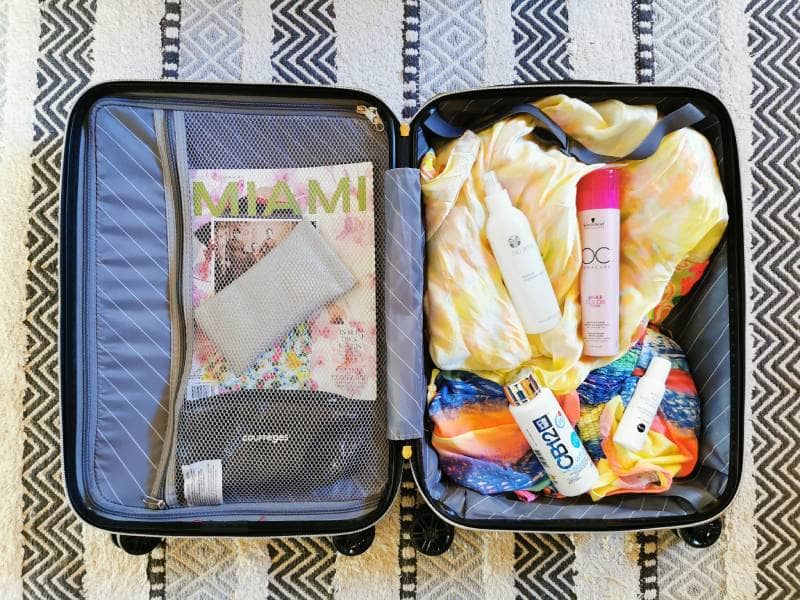
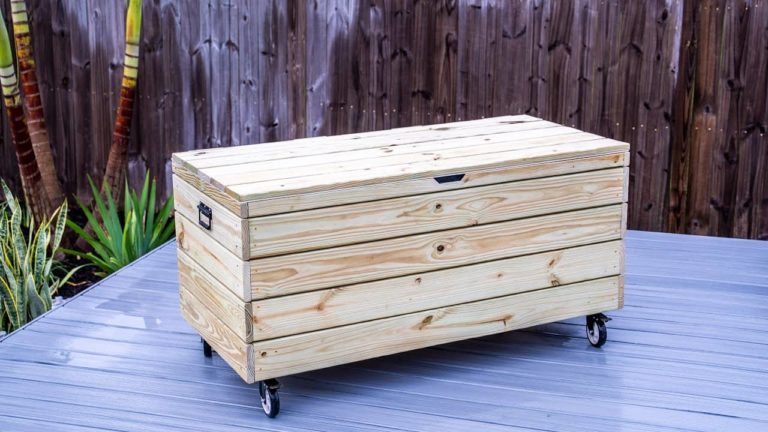
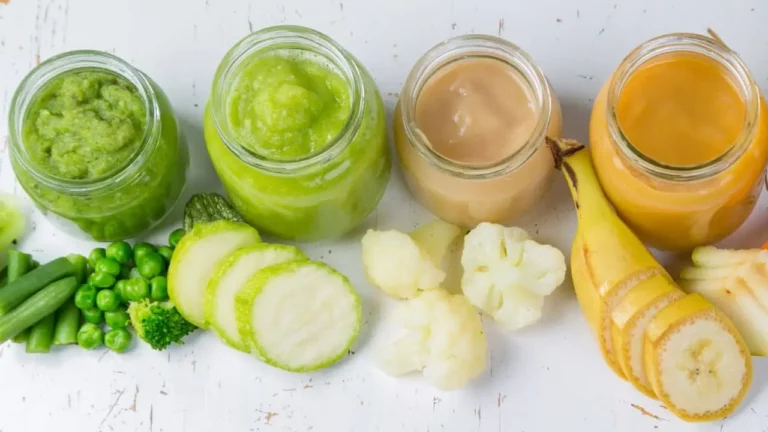

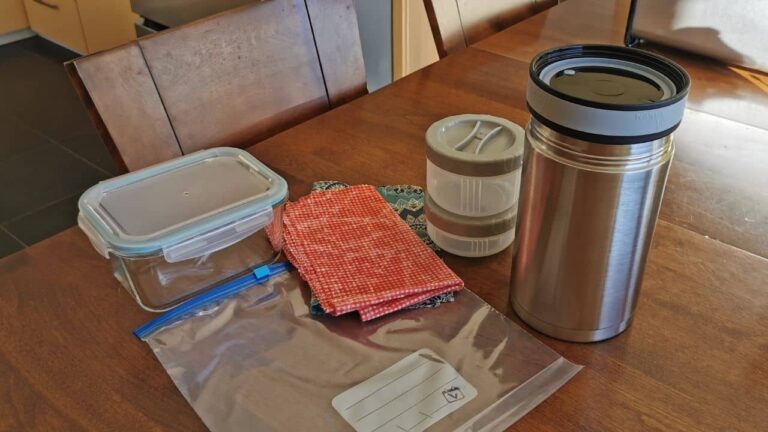

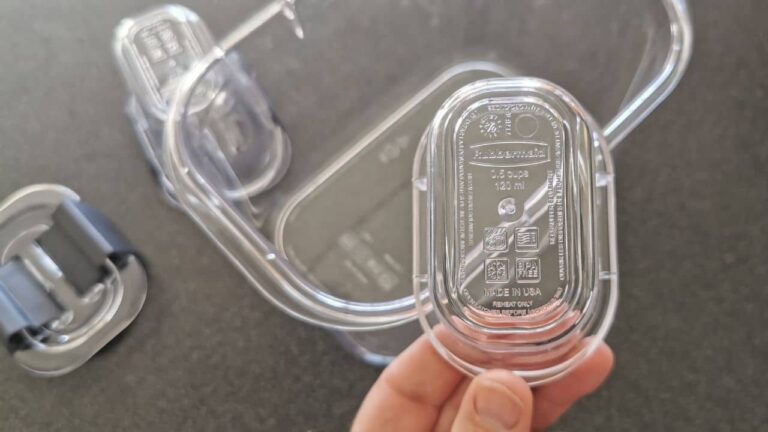
This is wrong. The 3-1-1 rule DOES NOT mean ‘1 container’ it means ONE one quart BAG per passenger. You can put as many containers as you can fit into a one quart bag and take it.
‘3’ – 3.4oz containers or smaller only.
‘1’ – One quart bag.
‘1’ – One bag per passenger.
This is via TSAs guidelines listed on their website.
You’re right, my mistake. I have replaced the word “container” by “bag”.